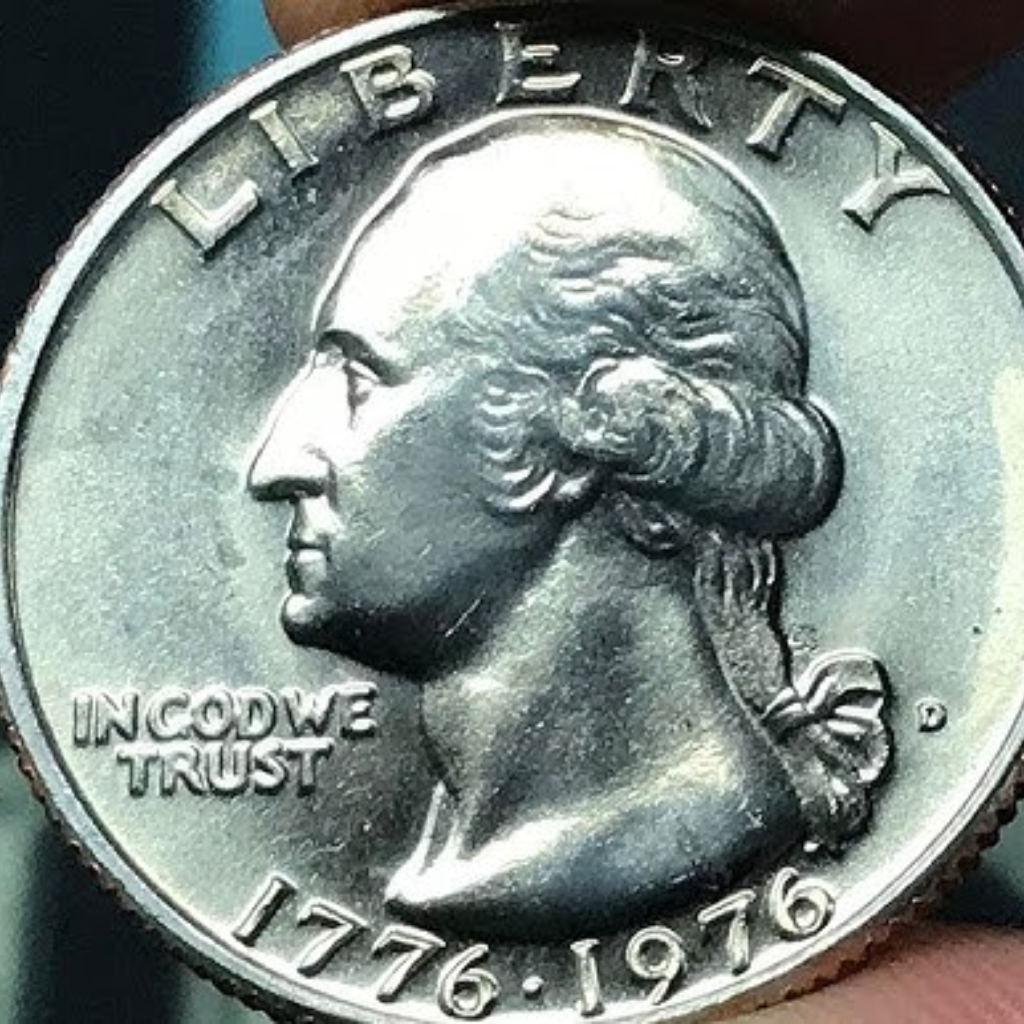Introduction
Do you know that some of those coins might be worth a substantial sum of money? Yes, this is true as well – Bicentennial Quarters are found among the most common circulated coins, but do you know it? These are some of the coins widely used around the world. Although the majority of these coins were initially minted in 1976 as a United States 200th anniversary commemorative, these coins only have the face value at which they were originally stamped.
Although most of these coins were initially minted, this is the outcome that has come about. This is because the fact that the coins were originally made to make a commemoration of an event. That is why this is in place. The flip side of the coin is such that over the years two copies that are very scarce have found their way into circulation.
Therefore, as a result, their prices have gone up, and some of them have scaled to forty thousand dollars. Through this article, I’m going to shed some light on two quarters that are two exceptionally rare, and occurring coincidentally within the time frame where both will be used to commemorate the 200th Anniversary of America at the same time in our great history.
One probably sits inside your penny box as loose change so subtly, perhaps you even failed to know that those pieces exist within your “changepurse.”. With the objective of enlightening these quarters and some background information about them, the point of this article is to introduce them.
1976-D Bicentennial Quarter Double Die

Although the 1976-D Double Die Obverse Quarter is one of the most expensive reproductions of the Bicentennial Quarter, there are hundreds of different variations of the denomination that have entered circulation.
Many such other versions of the same coin are minted already, and among them was this version of the two-headed coin that has turned out to have the misprinted design struck twice which was on the front part of the currency. For this reason, it gets two impressions. As such, the impression would be doubled.
This occurred as a consequence of the fact that doubling of the coin occurred to give the coin twice larger in size; it repeated what had occurred earlier only that it now appeared it had happened twice when, infact, this was their first occurrence.
And therefore on date and inscription gave twice larger than in real values. This event occurred just because this fact happened-. Customers have spent a cumulative sum of thirty thousand dollars in the past year purchasing these coins, which are not altered in any form and are in good condition. Customers have bought these coins without any alterations.
1976-S Silver Bicentennial Quarter

Customers were supposed to be the recipients of the 1976-S Silver Bicentennial Quarter, which, as per the composition of the currency, is comprised of forty percent silver. It was designed to be sold to the collector’s market. In 1976, the public first ever saw these quarters.
Of course, some of these did manage to fall into pockets since it was never even planned for it to enter the mainstream marketplace to begin with. This is the case here, though it was never meant to be handed over to other people. The reason is that because they are in such perfect condition, these coins can be worth up to $10,000, which distinguishes them as a genuine treasure that has been concealed and guarded throughout the years.
“Table highlighting two valuable rare Bicentennial quarters that could be worth significant amounts“
| Quarter Type | Key Feature | Estimated Value |
| 1976-D Bicentennial Quarter | Known for rare errors like double die | Up to $40,000 |
| 1976-S Silver Proof Quarter | Contains 40% silver, limited mintage | $10 – $15 |
Conclusion
If you buy something like it again, you will want to see the Bicentennial Quarter you are purchasing. Of course, any two quarters that have collectors just lining up to get a hold of them are: the 1976-D Double Die Obverse, and the 1976-S Silver Quarters. Both of these coins were issued in 1976. In the year 1976, both of these coins were distributed to the public.
These coins can be sold as high as forty thousand dollars. This is on top of a very huge demand for them. Chances are very high that you might identify a coin that has an immense possibility of changing a lot the course your life takes, provided you just pay attention to the tiny details held within your coin change. If you do this, you may be lucky enough to have a coin from your spare change.
If you look closely at what is buried in your spare change, you will find that the most likely scenario is to be found. You could be carrying one of those coins which has a large worth, and this possibility exists. Could it be an alternative?
More For You
There’s a 1993 Quarter Worth $1,400: Understanding the Value and Rarity of Collectible Coins
Discover Why a $725,000 State Quarter is So Coveted – Plus 3 Other Valuable Finds
FAQs
Q 1. What defines the value of these Bicentennial quarters?
A: The value comes from faults in minting, such as double dies or other design features not found on regular coins; quality of coin; demand among collectors.
Q 2. How do I determine how much my Bicentennial quarters are worth?
A: Look for faults and mint marks, and get your coins graded by an expert.
Q 3. Are all Bicentennial quarters worth money?
A: Most Bicentennial quarters are worth face value. A few with unique characteristics and high grades will command strong prices.
Q 4. Where do I sell rare Bicentennial quarters?
A: Coin auctions, internet sales sites, and reputable dealers. Grading and certification increase the price your rare coin sells for.
Q 5. How do I know if my quarter is special?
A: Research features of valuable quarters; have your coins graded and/or certified to confirm value.

